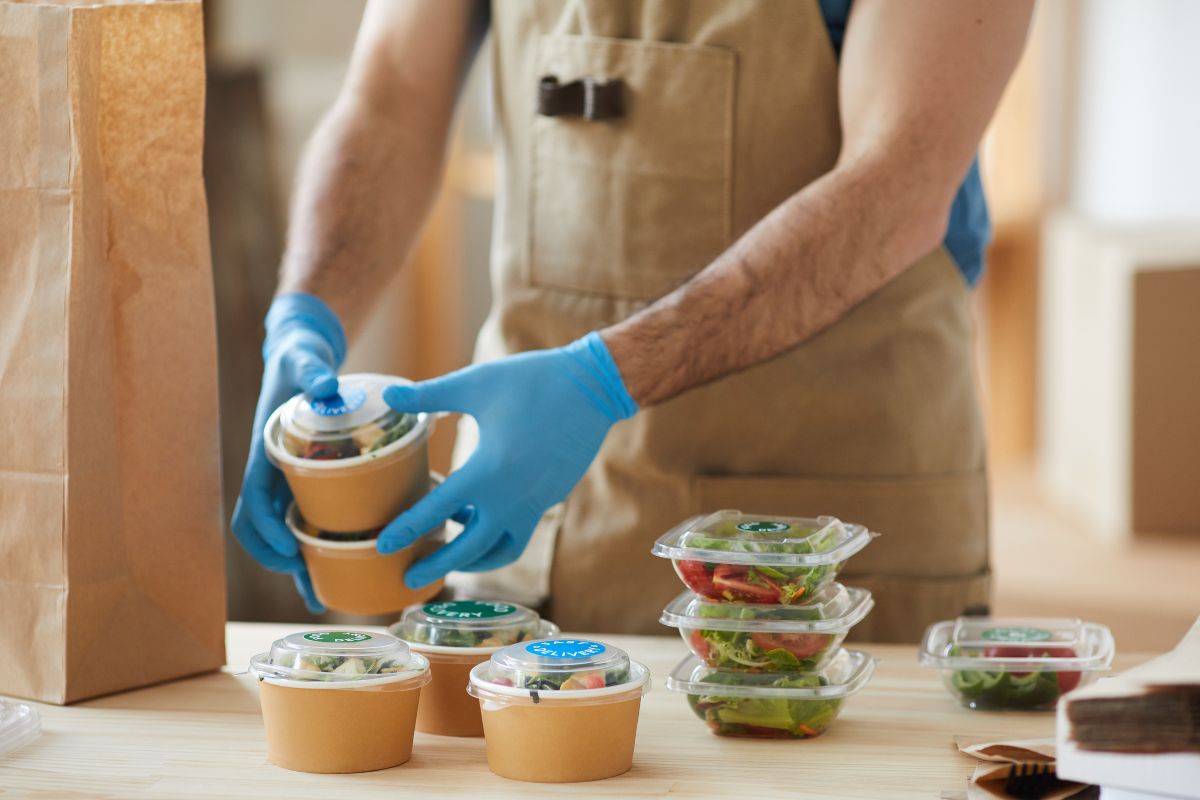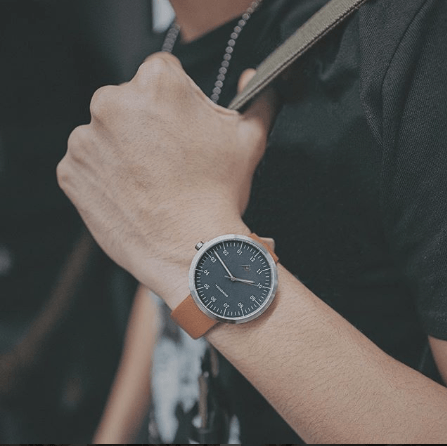Food delivery or food ordering systems have never been the same, especially after the pandemic.
It has grown significantly and has become a crucial part of every F&B business’ everyday operations.
Therefore, it’s essential that restaurants still have an online ordering system in place to reach a wider range of customers!
So you may be wondering what is an online ordering system, why it’s important, and what the costs are to set up a system that’s right for your business. Well, fret not because we’ve listed out everything you need to know:
- Brief overview of online food ordering systems
- 1st party VS 3rd party
- Choosing the right path to success
- Costs of online ordering systems
1. Brief overview of online food ordering systems

An online food ordering system allows F&B businesses to take orders and accept payments from customers via a website or mobile app.
Examples of such systems include the ones offered by fast-growing food delivery platforms like Beep by StoreHub.
In general, the core benefits of online ordering systems are as follows:
- Expand customer reach and revenue
- Help streamline business operations to save on unnecessary costs
- Easier order tracking
- Monitor customer and sales data
- Build brand loyalty quicker
2. 1st party V.S. 3rd party
There are 2 main types of online food ordering systems – 1st party system and 3rd party system.
A 1st party/in-house online ordering system is used by F&B businesses that don’t want to rely on external vendors to facilitate orders and transactions. The best ones are usually integrated with the restaurant’s own POS system.
Alternatively, a 3rd party online ordering system enables the restaurant or café to rely on someone else to handle food orders for them in addition to a network of other merchant partners.
Each type has their own set of pros and cons:
| 1st Party Online Ordering System (POS integrated) | |
| Advantages | Disadvantages |
|
|
|
|
|
Table 1: Advantages and disadvantages of 1st party online ordering systems
| 3rd Party Online Ordering System | |
| Advantages | Disadvantages |
|
|
|
|
|
|
|
3. Choosing the right path to success
Opting for a 3rd party system is probably your best bet to get your name out there and overcome the initial hardships typically faced by smaller, newer businesses.
Look into adopting a POS integrated online ordering system, like StoreHub, as it offers a more sustainable business model.
If you’re currently on a 3rd party system and now want to use a 1st party one, you need to make sure that you communicate this to your customers once you’ve made the transition.
You can entice them to make orders from your integrated system by creating a loyalty program or offering a discount code.
Implementing such strategies will lead your F&B business down the road of long term profitability.
However, the best approach is to conduct a detailed cash flow analysis of your business to determine the best strategy moving forward.
4. Costs of online ordering systems

It is difficult to pinpoint which type and brand of system is right for you.
Since food delivery should be treated as a long-term investment, it’s important to take your time when reading up on the costs you’re expected to incur if you choose to implement a particular system.
Digital delivery is here to stay
In conclusion, it’s virtually impossible to predict the future of the pandemic and the various profound effects it poses on consumer behaviour.
But one thing’s for certain – our reliance on digital technologies will continue to dictate the operating models of F&B businesses in the many years to come.
Hence why it’s important to consider the right online ordering systems to navigate your business through these uncertain times.





Recent Comments